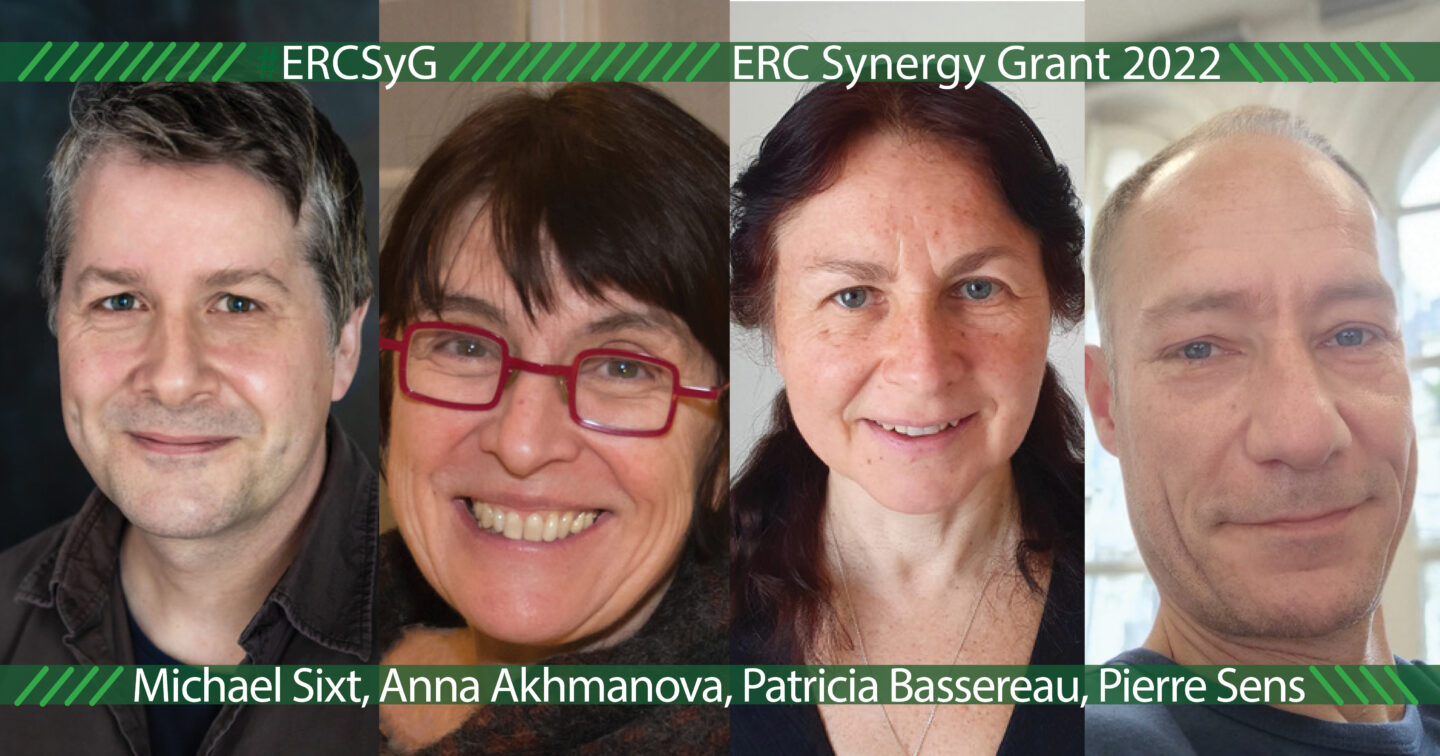October 25, 2022
ERC Synergy Grant to investigate PushingCell
The generous ERC Synergy grant has been awarded to a lab at ISTA and its partners for finding out how cells perform pushing actions

Michael Sixt, Executive Vice President and Professor at the Institute of Science and Technology, Austria is one of the partners in a team of four European labs that has won the competitive ERC Synergy Grant to investigate newly uncovered cell mechanics.
The prestigious grant of close to 10 million Euros from the European Research Council has been awarded to a multi-institution and multifaceted team to research how cells push rather than pull and adhere while responding to their environment. One of these four teams is led by Professor Michael Sixt who runs the Cellular Morphodynamics group at ISTA. Around 2.5 million euros towards is allocated towards research to be conducted at ISTA.
The project titled PushingCell brings together four research leaders and their labs with a unique diversity of expertise. Sixt’s partners in the project are Anna Akhmanova, an expert in cell cytoskeleton at Utrecht University, Patricia Bassereau, a membrane biophysicist at the Institut Curie in France, and theoretical physicist Pierre Sens also at Institut Curie.
What will they investigate?
Recent studies have demonstrated that a cell’s response to its environments goes far beyond pulling and adhesive movements which are fairly well understood in cell biology. Cells also strongly depend on non-adhesive interactions as they probe, sense, and deform their environs by pushing into them.
“The goal of the PushingCell project is to understand the mechanisms behind these lesser-known phenomena. The proposed work aims to provide new fundamental insights into biological and physical principles underlying the control of cell shape, integrity, and movement,” says Michael Sixt whose lab studies cell migration and is adept at micro-engineering of biocompatible ´obstacle courses´ to study cellular phenomena and validating findings in situ and in vivo.

ERC Synergy Grant
The Synergy grant from the ERC aims to award particularly ambitious scientific ideas, that are hard to tackle from just one approach. This has made the PushingCell project a successful candidate as it stands to further our understanding of fundamental biological processes by finding out how cells adjust their shape and motion from various perspectives.
Anna Akhmanova, one of the partner scientists from Utrecht University says: “This research is the logical continuation of a long-standing research line in my lab, where we aim to understand at the molecular level how microtubules contribute to different physiological processes. The collaborations envisaged within this Synergy grant will bring this research to the next level because together with the other participating teams, we will be able to combine sophisticated biophysical measurements in cells and in vitro with theoretical analysis. ”
“The ERC Scientific Council devised the Synergy Grants to offer a space where ambitious researchers could join forces to tackle multifaceted scientific challenges.’’
“The funding helps groups of two to four outstanding researchers bring together complementary skills, knowledge, and resources in one ambitious project,’’ affirm statements from the ERC.



